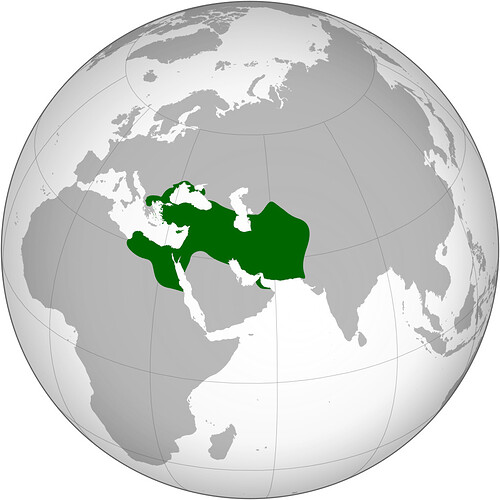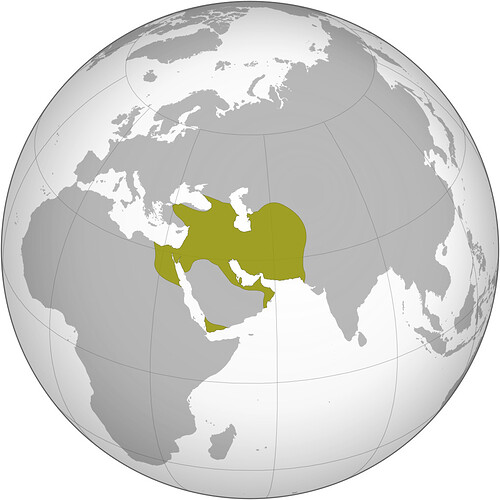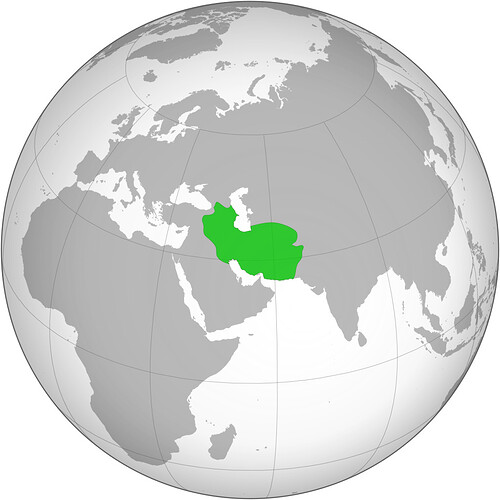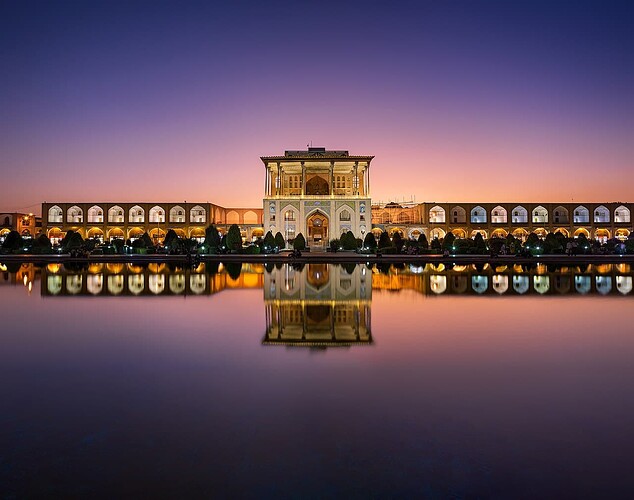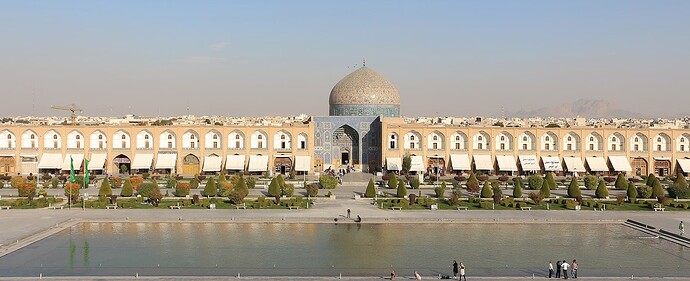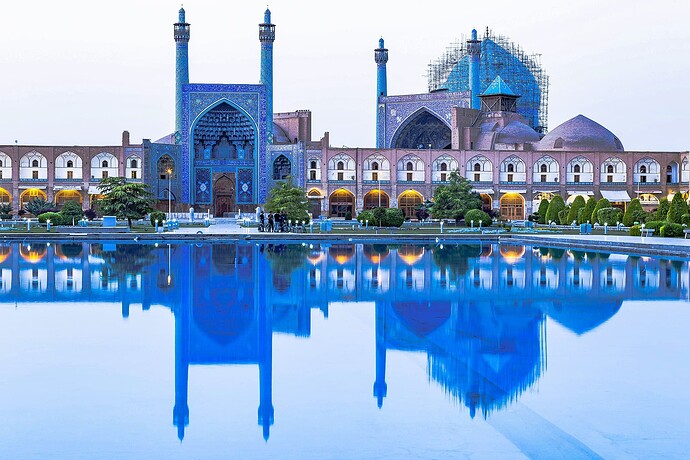Yeah but Persia was even more important in AoE3 than in AoE2, as Safavid empire was world top 3-4 during much of the game.
Exact and against the Mughals…
Mughal–Persian Wars - Wikipedia.
The Mughal–Persian Wars were a series of wars fought in the 17th and 18th centuries between the Safavid and Afsharid Empires of Persia, and the Mughal Empire, over what is now Afghanistan. The Mughals consolidated their control of what is today India and Pakistan in the 16th century, and gradually came into conflict with the powerful Safavids and Afsharids, led by Abbas the Great and Nader Shah respectively. Aside from Nader Shah’s invasion of the Mughal Empire, most of the conflict between the two powers were limited to battles for control over Kandahar.[1] From a Safavid point of view, the Mughal army counted as “far less formidable” than that of their arch rivals the Ottomans
Of course, no problem…
True, the three great Persian empires in world history are: the Achaemenid (550 BC–330 BC) (which is already in aoe 1 and aoe online), the Sassanid (AD 224–651) (which is in aoe 2) and the Safavid (1501-1736) (which have to be put in aoe 3)
Greatest extend of the Achaemenids
Greatest extend of the Sassanids
Greatest extend of the Safavids
I will never understand why people are so obsessed with the Safavids here in this forum when the Afsharids were the ones who did the most conquest and military campaigns in this period. Not to mention the actual memorable military reforms.
The Afsharids were relatively short lived, and Nader Shah built his empire off the Safavid apparatus of state.
I personally think a Persian civilization should encompass the Safavids as well as the Afsharid, Zand, Qajar, and Durrani dynasties. Likewise how the British represent the Tudors, Stuarts, Orange, Hannover dynasties.
Interesting, no one talked about what wonders Persia can have 21
No skills and/or civilization bonuses? Let’s fantasize a little bit, gogogogo.
I believe more will come with the time if the game keeps thriving
Because although the Afsharids achieved a great expansion in the eighteenth century, it was during the brief mandate of Nader Khan, which lasted only eleven years (1736-1747), instead the Safavids were the first dynasty that unified persia and turned it back into an empire for the first time in almost a millennium…
Exact or it would be type to call simply “Persians” and have different improvements of dynasty according to the age in which it is:
-
Exploration Age: Decomposition of the Timurid Empire (1405-1501)
-
Commerce Age: Rise of the Safavids and fight against the Ottomans (1501-1736)
-
Fortresses Age: Afsharian Dynasty (Nader Khan) and fight against the Mughals (1736-1747/1796)
-
Industrial Age: Durrani Empire (1747-1826) (Maybe Persians can have a revolution mechanics similar to the Mexicans)
-
Imperial Age: Qajar Dynasty (1747/1789-1925)
Well it has to be five wonders no?: Well then they would be:
- Ālī Qāpū Palace or simply Ali Qapu (which means “imperial gate”)
Built in 1611 by Abbas I (who would obviously be the leader of the faction)…
- Sheikh Lotfollah Mosque or simply Shah Oratory
Construction of the mosque started in 1603 and was finished in 1619.
- Real Mosque or simply Shah Mosque
Its construction began in 1611, and its splendour is mainly due to the beauty of its seven-colour mosaic tiles and calligraphic inscriptions
- Chehel Sotoun Palace or simpy Chehel Sotoun
Chehel Sotoun (Persian: چهل ستون, literally: “Forty Columns”) is a Persian pavilion in the middle of a park at the far end of a long pool, in Isfahan, Iran, built by Shah Abbas II (1633-1666) to be used for his entertainment and receptions. In this palace, Shah Abbas II and his successors would receive dignitaries and ambassadors, either on the terrace or in one of the stately reception halls.
The name, meaning “Forty Columns” in Persian, was inspired by the twenty slender wooden columns supporting the entrance pavilion, which, when reflected in the waters of the fountain, is said to appear to be forty
- Grand Bazaar or simply “Imperial Bazaar” (Battlefield 3 has this similiar building in one multiplayer map but in Tehran)
The bazaar was one of the greatest and luxurious trading center in the safavid era. It was built in 1620 on the northern side of Naqsh-e Jahan Square. It connects the Naqsh-e Jahan Square to the Kohneh Square and seljukid part of Isfahan.
The Ulugh Bey observatory would be a cool addition and a neat tie-in with the Tatar wonder in AoE2.
It is not a Persian wonder, but Central Asian…
Persianate architecture, it’s called. Persia as a civilization is larger than its political boundaries.
It’s a fine selection of buildings, but I would be more interested in suggestions for civ bonuses that are innovative enough to do justice to Persia.
well, there it can be…
In my perspective, Persian government, administration, arts, literature, architecture, as well as the Safavid large-scale use of gunpowder and artillery with sophistication comparable to Europe and the Ottomans, should be the key to design authentic civ bonuses that really make a difference and shake up AoE3.
It was built while the Timurids reigned over Persia and I’d located in Samarkand, which was considered one of the greatest cities in Greater Persia. It also mixes up the wonders by adding a building with a unique purpose and is not from Safavid Isfahan.
Right, the challenge is what will make Persia a unique civilization that doesn’t already fulfill a gameplay niche already covered by an existing civilization. If we can present a way to make Persia unique and balanced, we can make a stronger case for their inclusion.
Sure, that’s true…that it is a unique civ but that it is also authentic…
Good point, well there it could be, but what happens if they put the Tatars as Asian civ?..they would have to take the observatory of Ulug Beg out of Persia and give it to them…
